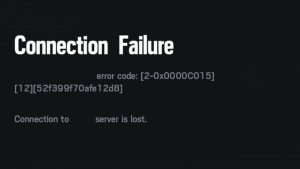
It won’t be wrong to say that the world has completely shifted its dynamics in terms of how people and the things around them now function. The advancements in technology and the success of the internet is responsible for such a massive change. Literally everything we do and everything around us is massively influenced, in one way or the other, by technology and more specifically, by the internet. The world is now digitalized or at least will be in the next 6-8 years. Things that seemed impossible a decade ago are very much within reach and fully functional today. The concept of online and offline automate application is one such phenomenon that has altered our approach to different things. For instance, applications have made life much more easy and convenient and have enabled us to get what we want, at the price that we want, at the place that we want, within the time that we want. This is nothing short of an achievement for the human race itself.

Web applications are designed by web or application designers and software engineers who use different techniques and technologies to get their work done in time. There is no one specific way to design a fully functional application. However, there are some common ways through which this can be done. Offline first, for instance, is one such paradigm that aids in application development. This paradigm is one where the application designers and developers ensure that the entire functionality of any application is indifferent and unaffected by the lack of a network connection. To put things into a simpler perspective, some aspects of the application can function without having a proper internet connection, ultimately adding to the convenience for the final user.
Connection Failure

One of the major reasons why offline-first web applications are so successful and are the need of the hour is simply because of the fact that in one place or the other, a lot of the users face drastic connectivity issues that simply cannot be solved quickly. Whether it be connection failure or the networks simply being out of reach, not having access to the internet is something that has become very common. So, to cope with this, offline web applications are the ones that come in very handy and ultimately aid us in getting the things done on time.
Preempting Needs

In many cases, mobile and web applications can take action in the current time to give the users a better experience later on when there is proper access to the internet. An example of this is Google Maps. When the application detects that the user has access to wi-fi in a different location than the usual one, it quickly caches the surroundings so that the cached data could be saved and used later on in instances when there is no access to the internet. This way when the application is offline, the application can still properly function without having to resort to the internet. This is something that really adds to the overall user experience.
